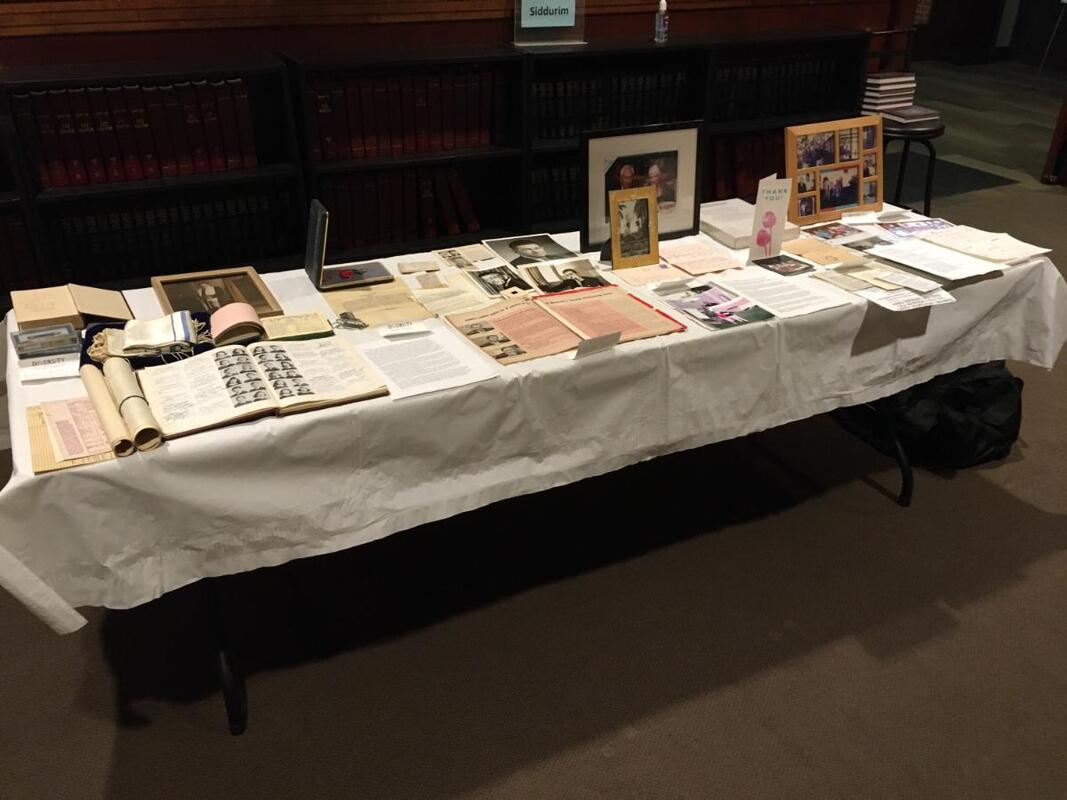
Denizen of Philip Roth’s Weequahic, Newark neighborhood. Child of the Depression. World War II “Greatest Generation” soldier. 1960s “Madmen”-era ad-man. Suburban New Jersey family man and household groundskeeper. Loving husband for nearly 60 years. Loving father to his three sons for nearly 70 years. Diligent, warm, playful, witty, kind. My father, Bernard (“Bernie”) Dwortzan, who died in his sleep on October 21, 2022 in his Boynton Beach, Florida home at the age of 98, was all of those things, each of which I will now expand on like hyperlinks in a Wikipedia bio.
Denizen of Philip Roth’s Weequahic, Newark neighborhood. Bernie was born on January 2, 1924 to Mollie and Morris Dwortzan, immigrants from Grodno, Belarus and Vilna, Lithuania around the turn of the century. He and his younger brother Herbie and older sister Florence grew up on Aldine Street in the Weequahic neighborhood made famous by Philip Roth, most notably in his novel The Plot Against America. When Bernie was six, Morris, a tinsmith, fell to his death at a construction site.
Child of the Depression. Though devastated by the loss of her husband and the family breadwinner at the start of the Great Depression, my Grandma Mollie managed to raise her three children as a single mother. Bernie ultimately attended Weequahic High School, where he joined the bugle battalion and was on the yearbook editorial board. He stayed local to earn a BS degree at Rutgers University’s Newark campus, and eventually earned an MBA at NYU.
World War II “Greatest Generation” soldier. Bernie served in the 77th Infantry Division of the U.S. Army as a radio operator in the Philippines and Japan. He received a bronze star medal for helping evacuate six wounded soldiers under enemy fire in Okinawa. His last remaining souvenir from his tour of duty in Japan was a long, sharp spear—a deadly weapon of war that contrasted sharply with his tendency to avoid conflict with family members on the home front.
1960s “Madmen”-era ad-man. After launching his career in the 1950s at Ronson, a company known for its cigarette lighters, Bernie landed a position in the 1960s as an advertising manager at the watches-and-clocks giant Bulova. You may recall that on the TV series Madmen, Don Draper and his coworkers worked at an advertising agency where they cranked out clever copy while getting into all sorts of trouble. While Bernie was also an ad-man—in his case, working in-house at Bulova—the only trouble he got into, to my knowledge, was when the actor Ricardo Montalban showed up in his Rockefeller Center office for a commercial and my father pretended to be the president of the company. Montalban was not pleased when the real president walked in. Another activity that could have gotten my father in hot water was the slideshow he produced for the annual Christmas party. Every December he could be found at the kitchen table inspecting a carousel full of Kodachrome slides. He would extract each slide from the carousel, squint at it under the ceiling light, and compose a caption that poked fun at the company’s executives and culture. He must not have ruffled too many feathers, as he was invited back, year after year, to emcee that slideshow. His stand-up comedy skills lasted a lifetime, from gigs at Weequahic High School reunions to his own retirement party in 1995. My mother often said he may have missed his calling.
Suburban NJ family man and household groundskeeper. Bernie’s work as an advertising and sales manager at Ronson, Bulova and other companies enabled him to support a family in the leafy Northern NJ suburbs of East Brunswick and South Orange. In the 1950s, he married his sweetheart Lauralee, and they had three sons, David, Alan, and Mark. In an impressive feat of conscious conceiving, each was born three years apart. Bernie was the quintessential fifties-style father, returning from work just in time to chow down on a meat-and-potatoes family dinner prepared by Lauralee. Afterwards he’d repair to his recliner to devour the evening paper and TV talk shows. On a good night, he might catch his alter ego/favorite comedian, Don Rickles, on the Merv Griffin show. On weekends, he served as our groundskeeper, mowing the lawn and picking every weed in sight.
Loving husband for nearly 60 years. While my parents doted on each other throughout their long marriage, Bernie tended to be the quieter partner, while Lauralee was more histrionic. Sometimes, when he appeared grumpy but said little, my mother would say he was putting on his “Russian face.” While Lauralee served him countless meals as my brothers and I grew up, Bernie prepared countless meals for her in her final years as she succumbed to cancer at the age of 85. My mother couldn’t say enough about how much she loved her Bernie, who she affectionately called “doll.”
Loving father to his three sons for nearly 70 years. As a child, I experienced my father as a steady rock on whom I could lean during tough times. While he was largely easygoing, playful and funny, he could also be hard to access emotionally. Much of his parenting centered on preparing his three sons to succeed in the material world, a focus that often left me wanting a deeper connection with him. During a retreat in Northern California led by Reb Zalman Schacter Shalomi z”l, I had a brief private audience with Reb Zalman, who dispensed spiritual wisdom in an emotionally alive way. Afterwards, I wished my father could be more like Reb Zalman. I know I set the bar high. But later it occurred to me that my father, like the biblical Noah, was righteous in his generation—one shaped by the hardships of the Great Depression, one that produced men more oriented to material success than spiritual growth. And so I came to forgive my father for not being more like Reb Zalman.
Diligent, warm, playful, witty, kind. In fact, my father embodied many wonderful qualities. He was diligent in fulfilling his work and household duties; warm and witty with family, friends and colleagues; and kind and attentive whether helping me with homework or attending to my mother in her final years. As a child, I was instinctively drawn to his gentle, playful nature, forming a strong bond. When I was four and recovering from an elective surgical procedure, the highlight of my day was when my father brought me Fruit Loops in the morning. That strong bond became like superglue sometime between the ages of five and seven, when on weekday late afternoons, I would walk past the house next door to the corner of Gulf Road and Sullivan Way, and stand by a pea-green mailbox with a Green Lantern sticker on it for up to two hours, waiting for my father to come home from work. When his 1962 Chevy Impala finally rounded the corner, his face would light up as I hopped in the car to join him for the final 30 seconds of his commute home. I was never happier.
Bernie is survived by two of three sons (me and my brother Alan), and a granddaughter (my daughter Yelena, now on a Gap Year program in Ireland). The family is grateful beyond words for my father’s extraordinary aide Marie, who attended to most of his needs in his last seven years. We can’t thank her enough for enriching Bernie’s quality of life; she has become part of the family. From Philip Roth’s Weequahic neighborhood of close-knit families, to his single-occupant home in a Boynton Beach retirement complex; from the 1920s to the 2020s; in space and in time, Bernie has experienced so much and touched so many.
During this year of mourning and beyond, I will continue to wait on the corner for him. Maybe not on the corner of Gulf Road and Sullivan Way, but in a special corner of my heart, reserved just for him. May his memory be a blessing.

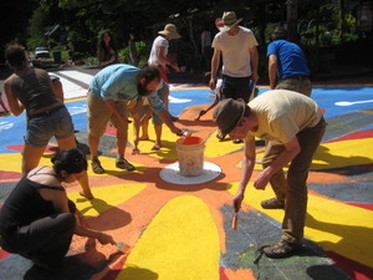
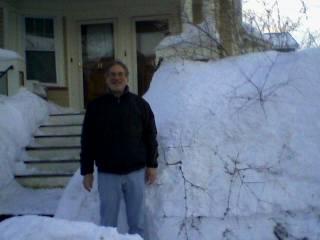
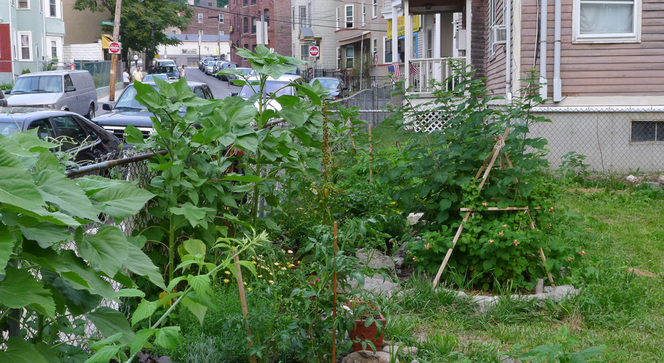
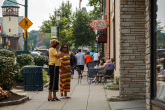


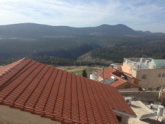
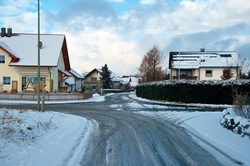
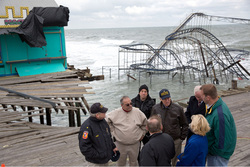
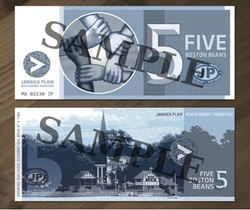
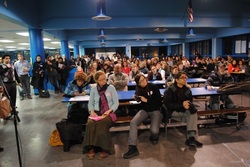
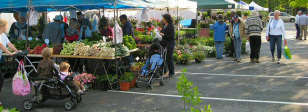
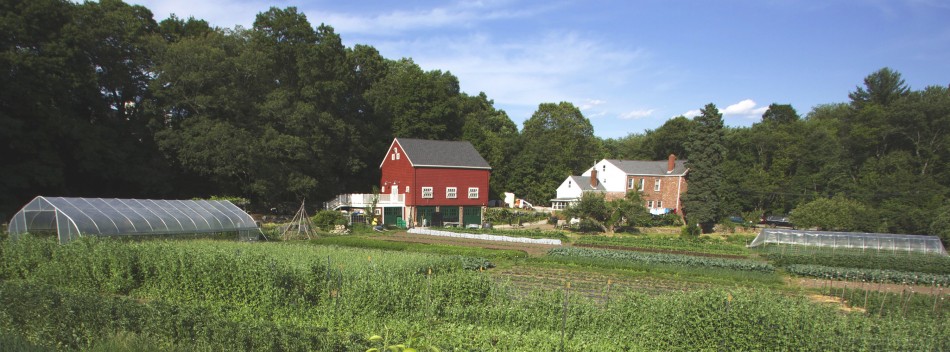
 RSS Feed
RSS Feed